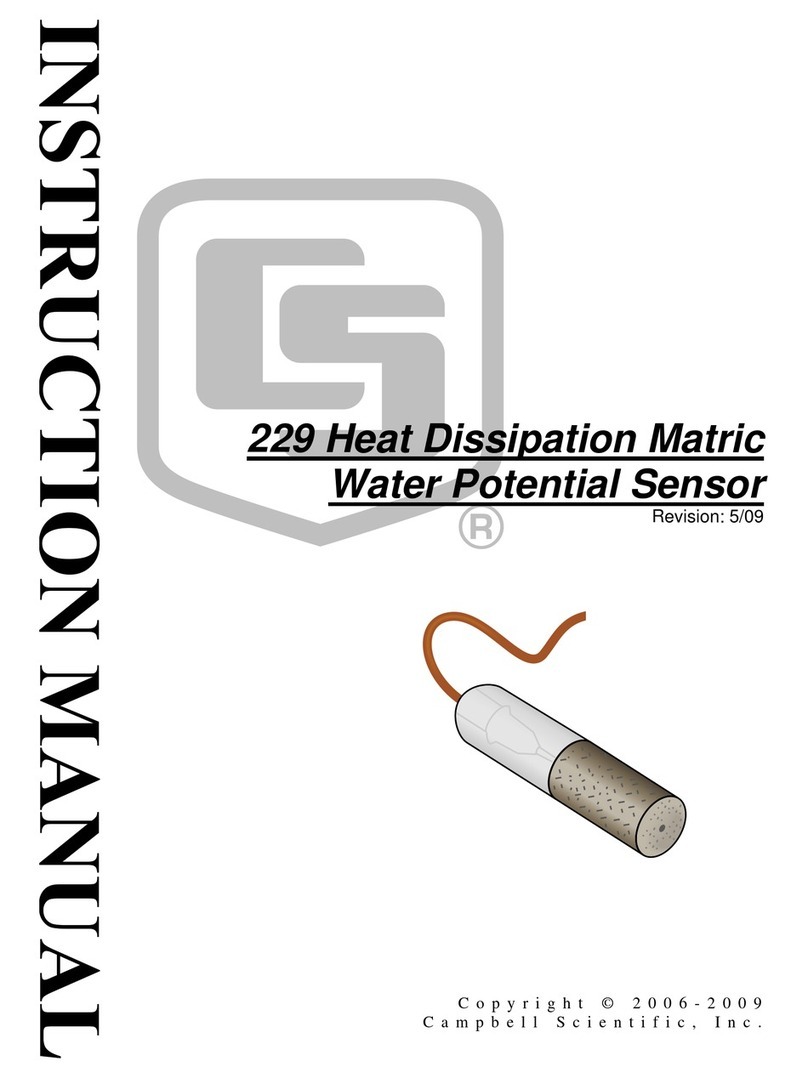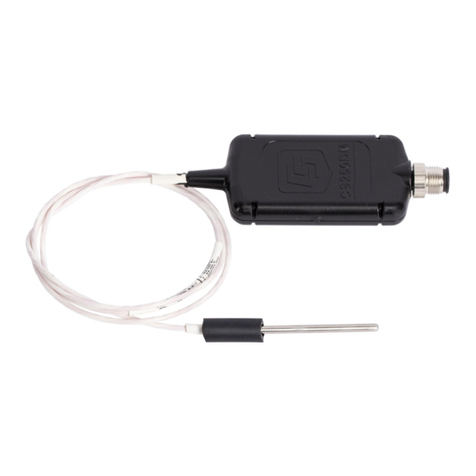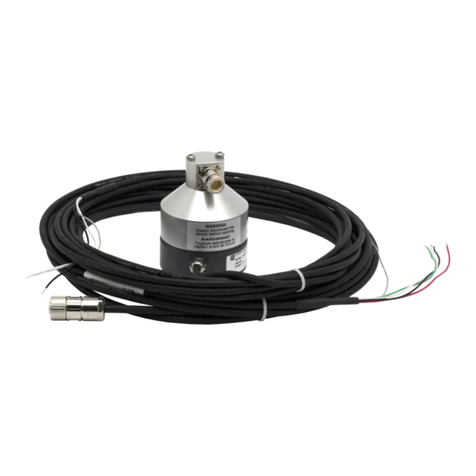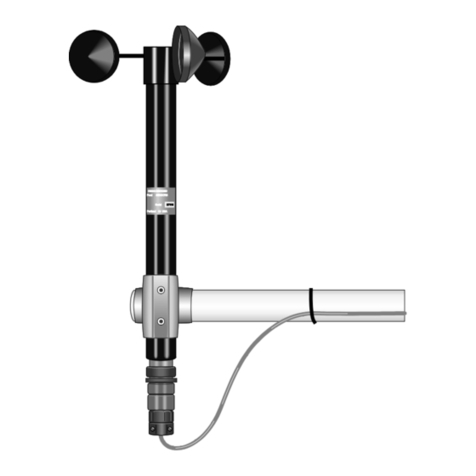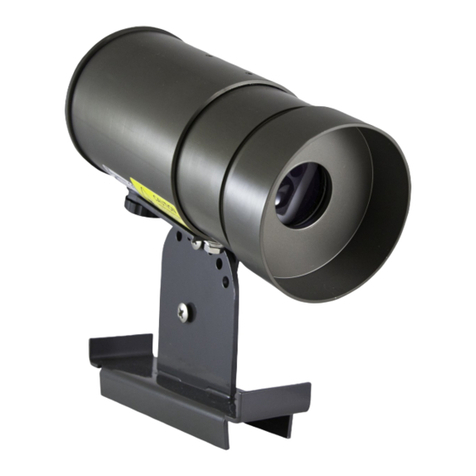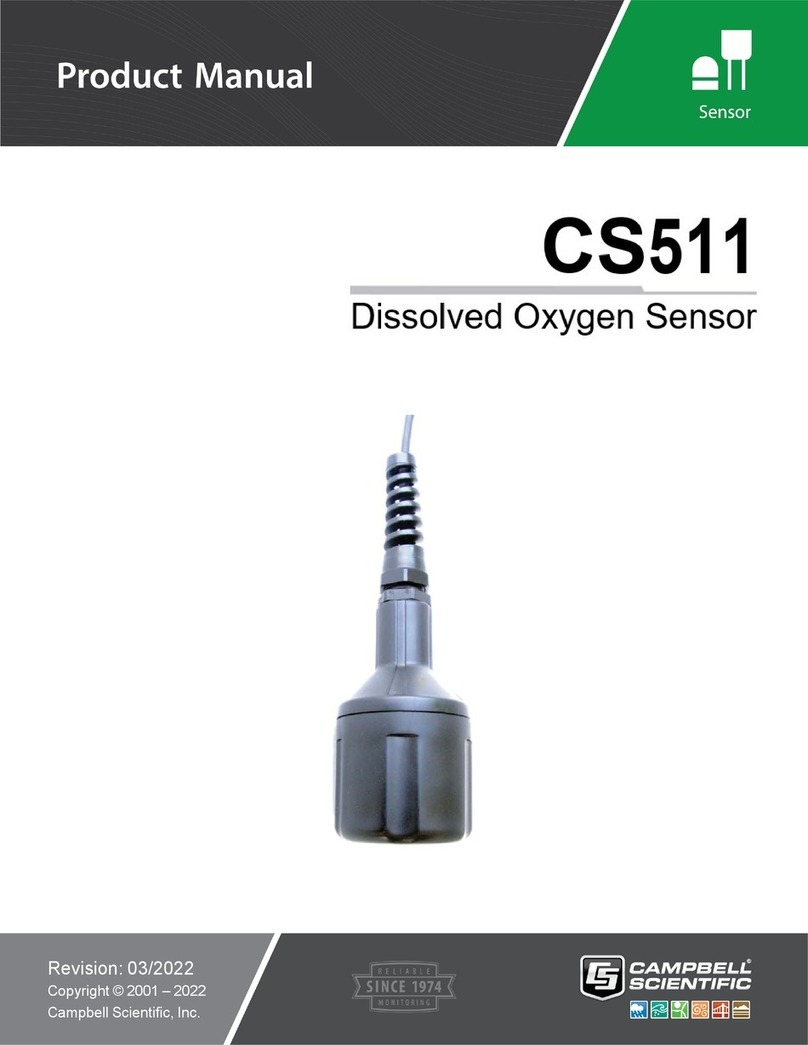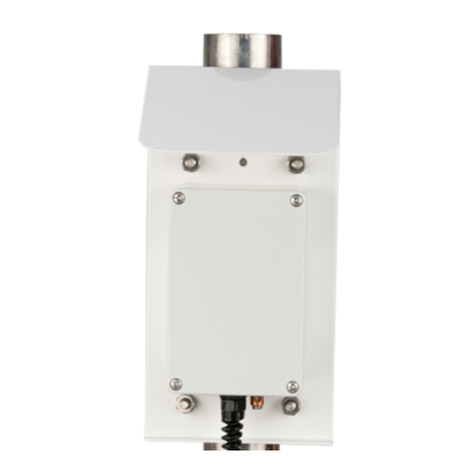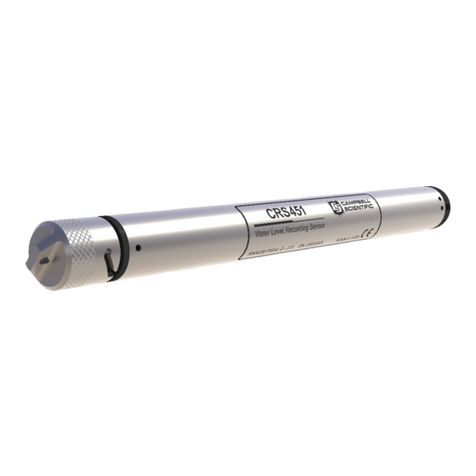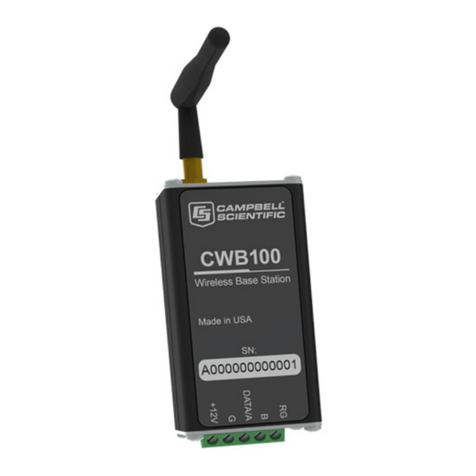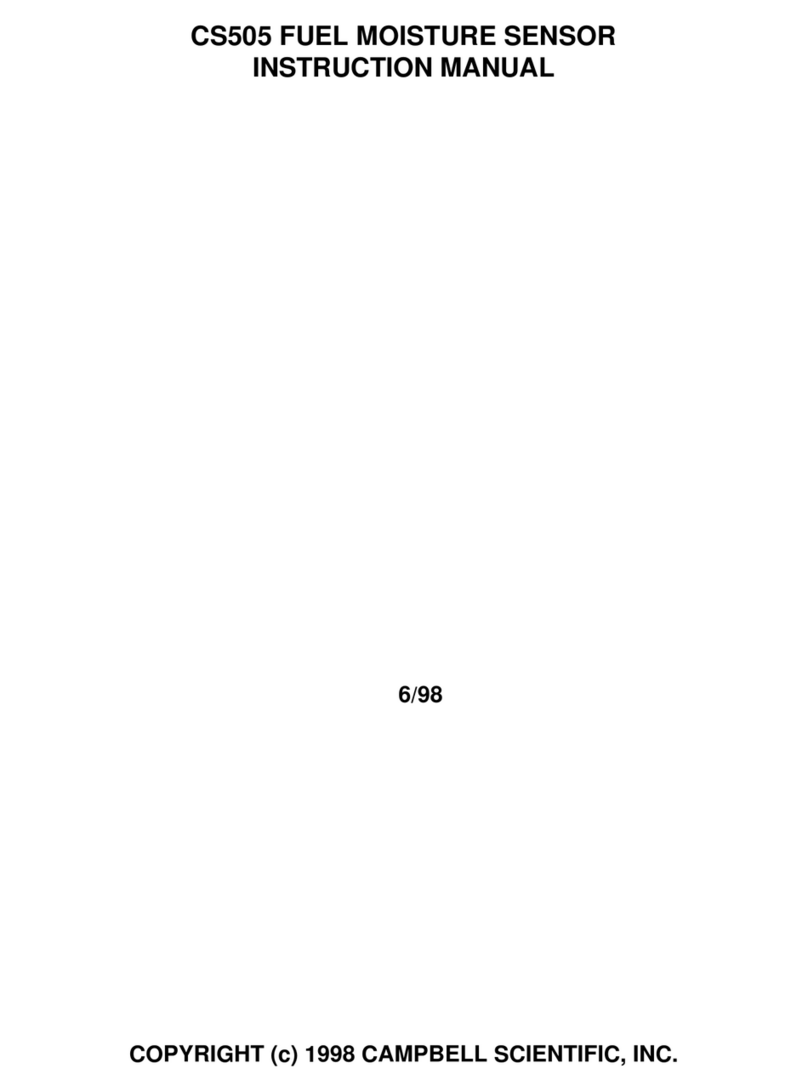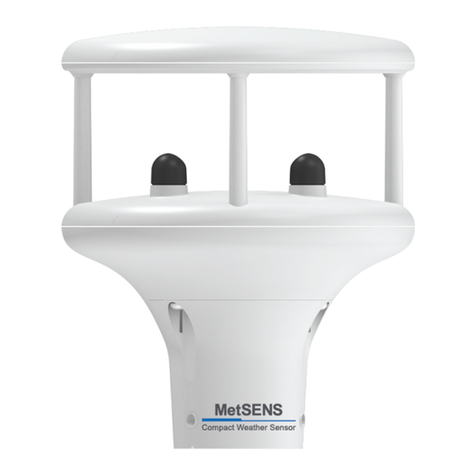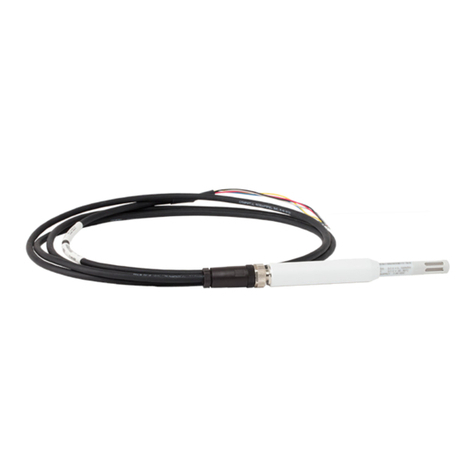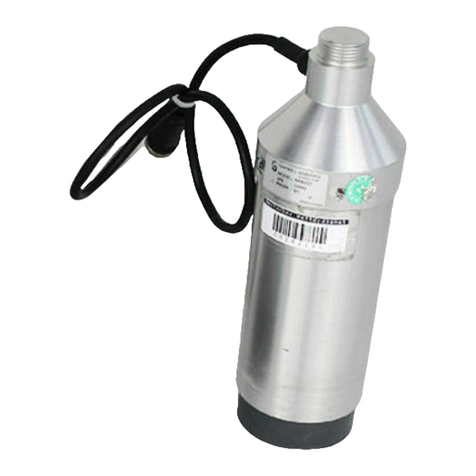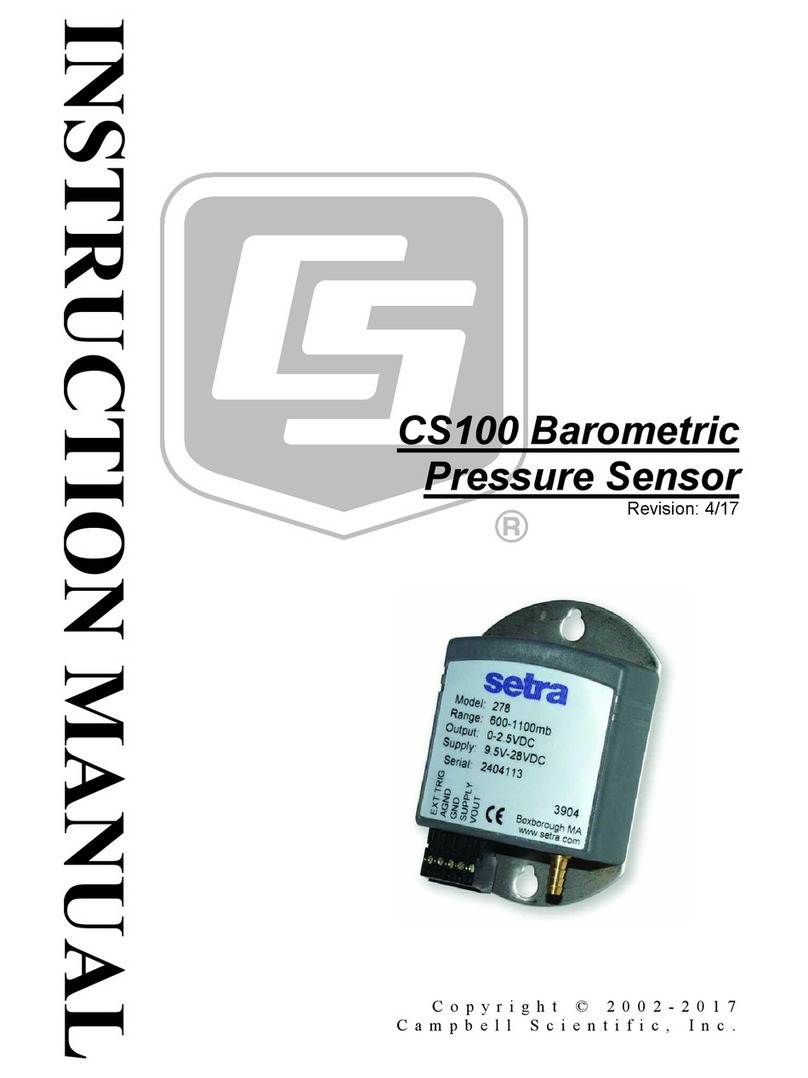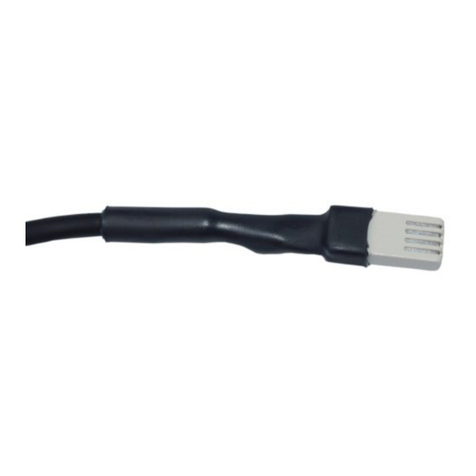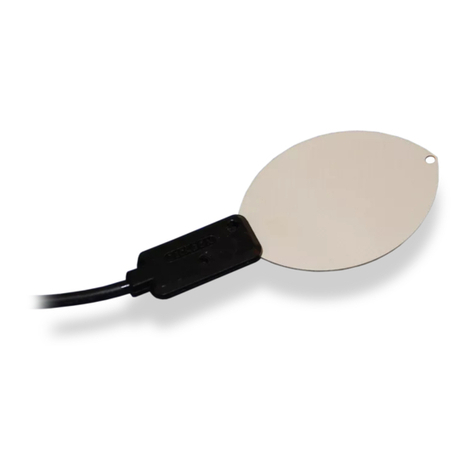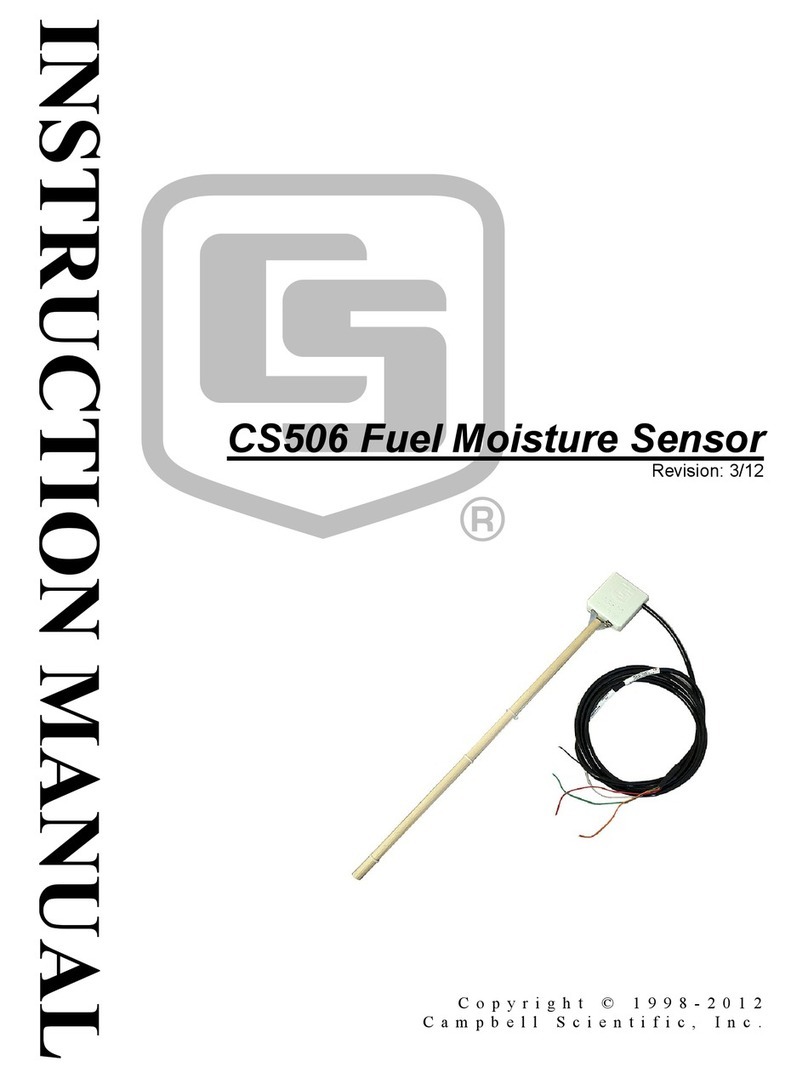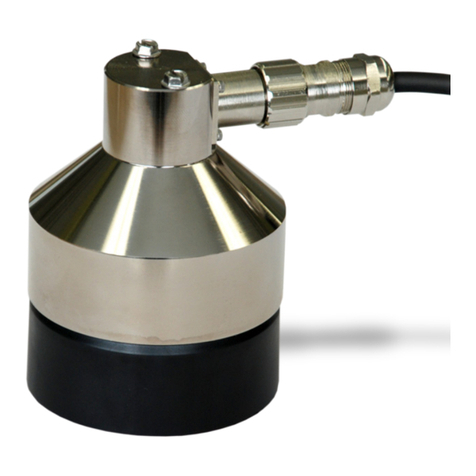
1. Introduction
The TempVue™10 represents the next generation of air-temperature measurement sensors,
meeting all relevant World Meteorological Organization (WMO1) temperature
recommendations.
Designed with the customer in mind, the TempVue10 easily interfaces with Campbell Scientific or
third-party data loggers and fits a wide range of passive solar radiation shields. The sensor comes
with a short, attached cable and terminates with an M12 connector, which provides exceptional
convenience, environmental protection, and data integrity for use in a variety of applications.
TempVue10 can be wired as a 2- or 4-wire PT-100 sensor, allowing full flexibility and
compatibility with your systems.
2. Precautions
lREAD AND UNDERSTAND the Safety section at the back of this manual.
lWhen opening the shipping package, do not damage or cut the cable jacket. If damage to
the cable is suspected, consult with a Campbell Scientific support engineer.
lAlthough rugged, the TempVue10 should be handled as a precision scientific instrument.
lDo not bend or damage the measurement tip of the TempVue10 because this can affect
the measurement quality and potentially damage the sensor.
lDo not modify or attempt to repair the TempVue10 unit without consulting Campbell
Scientific.
lThis temperature probe meets UKCA and EU declarations of conformity, citing
international standards applicable to the product.
lThe TempVue10 should not be buried in soil or submerged in water. Refer to
www.campbellsci.com/soil-temperature or www.campbellsci.com/water-temperature for a
list of sensors that are appropriate for soil, road surface, or water temperature applications.
1WMO, 2008. See References (p. 20).
TempVue10 PT-100 Class A, Precision Air Temperature Sensor 1
